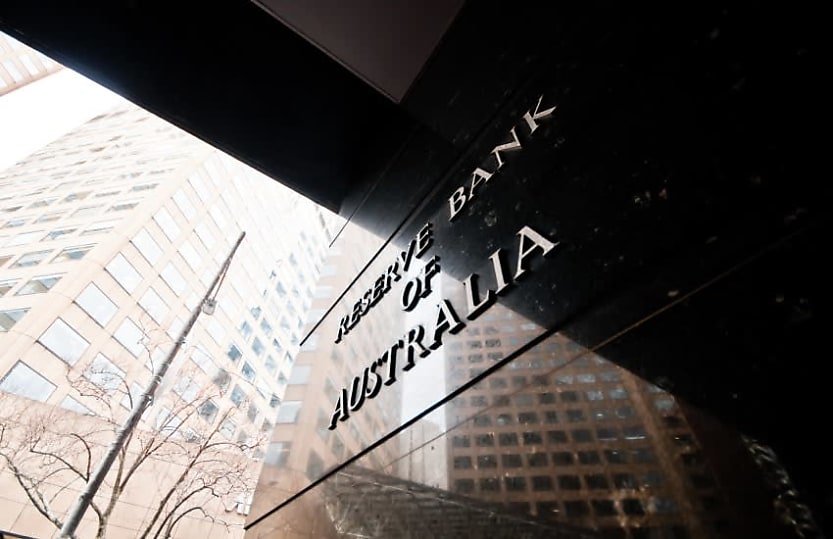High insolvency rates not a threat to Australia’s financial stability, RBA says

While insolvency rates have climbed over recent years, the RBA’s recent financial stability review determined that this wouldn’t pose significant risks to Australia’s financial system.
Last Thursday (2 October), the RBA’s October 2025 Financial Stability Review concluded that Australian households, businesses, and banks were well-placed to weather global shocks.
Financial stability risks stemming from the recent uptick in insolvencies were “contained” due to the fact that most insolvencies had involved small companies or those with little bank debt, the RBA found.
“While banks’ non-performing business loans have been edging higher over the past two years, they have remained at low levels overall, and considerably below post-global financial crisis levels,” the review read.
“Banks are also well-prepared to deal with potential losses on these loans.”
The RBA acknowledged that the share of companies entering insolvency had risen in recent years, especially among small construction, retail, and hospitality businesses.
The review said that the elevated insolvency rates reflected ongoing cash flow challenges in these sectors, subdued growth in demand and thin operating margins for some construction companies.
The RBA added that the spate of high insolvencies reflected a “catch up” effect following a period of exceptionally low insolvencies during the pandemic.
Cash flow pressures would ease for businesses going forward, the review predicted, although elevated uncertainty clouded the outlook.
“Data on businesses’ deposit account balances suggest that high cash buffers built during the pandemic have returned to more normal levels across small and medium enterprises (SMEs), which is likely to have contributed to the normalisation in company insolvency rates in most industries,” the review read.
After liaising with banks, the RBA found that business non-performing loans (NPLs) were expected to increase modestly in the near term, but banks were well-placed to handle this.
“Most banks expect a segment of their small business customer base to continue experiencing cash flow pressure over the year ahead,” the RBA explained.
“However, many of these loans are well-secured with residential property (especially loans to unincorporated business owners) and banks hold adequate provisions to manage potential losses.”
Furthermore, the RBA found that most businesses maintained stable profit margins, strong credit availability, and robust balance sheets. Operating profit margins resembled the levels recorded during the 2010s for most businesses.
Larger businesses’ balance sheets remained stronger than historical averages, improving their ability to absorb shocks, the RBA said.
In the RBA’s view, the largest global risks to financial stability included high and rising government debt in major economies, stretched asset valuations and leverage in global markets, and heightened geopolitical risks.
Despite this, the review was optimistic about the resilience of Australia’s financial system.
It found that most households with mortgages were keeping up with repayments and had built savings buffers, many businesses had established financial buffers and Australian banks continued to maintain high levels of capital and liquidity.
Off the back of the RBA review, RSM economist Devika Shivadekar noted that high interest rates continued to put pressure on Australians, although households and firms remained resilient.
“High interest rates and slowing growth are weighing on households and businesses worldwide, including here in Australia,” Shivadekar said.
“We are seeing some strain among households with low savings and high debt, as well as smaller businesses and those in sectors with thin margins who are under pressure from higher costs and softer demand. Broadly though most are coping well.”
Shivadekar said that RSM maintained its base case that the RBA would cut interest rates by 25 basis points in November, finishing off the year at 3.35 per cent.
About the author
